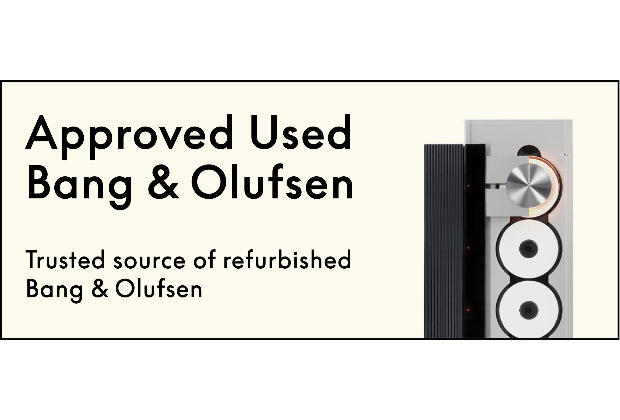Home › Forums › General Discussion & Questions › General Discussion & Questions › MMC1-5 Comparison
- This topic has 2 replies, 2 voices, and was last updated 10 months ago by
Nebojsa Jankovic.
-
AuthorPosts
-
18 February 2025 at 12:24 #63873
Nebojsa Jankovic
BRONZE MemberHi, as I am having my MMC2 head retipped at FJS, Germany, I am wandering if there is out there some empirical comparison data on the following 2 options:
-nude Line Contact diamond needle and a sapphire cantilever
– nude Shibata diamond needle and aluminium cantilever
Thanks in advance for sharing your wisdom with me!
Location: Eindhoven, NL
Favourite Product: Beogram 4002/04, Beocenter 7007, Beosound 6000/02
20 February 2025 at 12:32 #63905Beofile7
BRONZE MemberHe did my MMC2 a few years ago. If you upgrade, the MMC number become irrelevent. I was upgraded to nude Shibata. Even though it says MMC2 on the cartridge it now knocks the socks off an original MMC1. It really is a case of the more you spend the better it gets.
20 February 2025 at 14:29 #63911Nebojsa Jankovic
BRONZE MemberHaving persevered in asking for details over 3 days with the FJS team, this is what I learnt, so want to share with the forum. Needless to say, with big thanks to FJS and for their courtesy!
On the Diamond tips:
The main difference between a Nude Line Contact needle and a Nude Shibata needle is the shape and geometry of the needle tip, which affects sound reproduction and tracking ability.
1. Nude Line Contact: This needle has an elongated, flat tip that offers a larger contact surface with the record. This allows it to capture more details and nuances of the music, especially in the higher frequencies. The shape allows for more precise tracking of the grooves, resulting in better sound quality.
2. Nude Shibata: This needle has a special, rounded shape that also offers a large contact surface, but with a different geometry. The Shibata needle is known for its ability to reproduce even fine details in music and is particularly well suited to reproducing complex sound structures. It can cover a wider frequency bandwidth and offers very precise tracking.
In summary, both styluses offer high sound quality, but with different geometric properties that affect the way they sample and reproduce music. The choice between them often comes down to personal preference and the specific application.
On the Cantilever/carrier:
The main difference between a sapphire cantilever and an aluminum cantilever lies in the materials and their properties, which affect sound quality and tracking ability. Here are the main differences:
1. Material:
– Sapphire cantilever: Sapphire is a very hard and lightweight material that has a high degree of rigidity. These properties allow for precise tracking of the grooves in the record and contribute to clear and detailed sound reproduction.
– Aluminum cantilever: Aluminum is also lightweight, but not as hard as sapphire. It offers good rigidity, but can lag slightly behind sapphire in terms of sound reproduction and tracking ability.2. Sound quality:
– Sapphire cantilever: Due to its hardness and rigidity, a sapphire cantilever can often offer better detail reproduction and a clearer sound image. It is particularly well suited to reproducing fine nuances in music.
– Aluminum cantilevers: While aluminum cantilevers can also offer good sound quality, they may not be as precise in tracking as sapphire cantilevers, especially with complex or dynamic pieces of music.3. Durability:
– Sapphire cantilevers: Sapphire is highly scratch resistant and has a high durability, making it a long-lasting choice.
– Aluminum cantilevers: Aluminum can be more prone to warping or damage, especially if not handled carefully. In summary, sapphire cantilevers typically offer higher sound quality and durability, while aluminum cantilevers can be a more affordable option that still offers good performance. The choice between the two often comes down to personal preference and budget.Generally on diamond:
Different diamonds enable different reproduction in the range of frequencies to be achieved. The higher the frequency response to be achieved, the higher the reproduction quality in the area of the spatial sound of the treble, bass and mid-range. So, the higher the quality of the diamond needle and the cantilever, the higher the reproduction quality.
The tracking force that we specify per head is the recommended tracking force with which we achieved the best results.
Location: Eindhoven, NL
Favourite Product: Beogram 4002/04, Beocenter 7007, Beosound 6000/02
-
AuthorPosts
- You must be logged in to reply to this topic.






